When we gaze upon the scaly form of a monitor lizard, with its powerful limbs, sharp claws, and flickering tongue, it’s not difficult to imagine a connection to the mighty dinosaurs that once ruled our planet. This resemblance isn’t merely superficial—it speaks to deep evolutionary relationships that span hundreds of millions of years. Monitor lizards, with their prehistoric appearance and impressive adaptations, offer us a living window into the distant past and raise fascinating questions about the connections between modern reptiles and their ancient relatives. This article explores the evolutionary links between monitor lizards and dinosaurs, examining what science tells us about their shared ancestry and what separates these remarkable creatures.
The Evolutionary Timeline: When Reptiles First Emerged

The story of reptiles began approximately 320-310 million years ago during the Carboniferous period, when the first amniotes (animals whose embryos develop within protective membranes) evolved from amphibian ancestors. This pivotal evolutionary step allowed these early reptiles to lay eggs on land, freeing them from dependence on water for reproduction. By the early Permian period, around 298-252 million years ago, reptiles had diversified into several major lineages including synapsids (ancestors of mammals) and sauropsids (ancestors of living reptiles, birds, and dinosaurs). This initial diversification set the stage for the complex evolutionary relationships we see today, with monitor lizards and dinosaurs representing different branches of this ancient family tree. The early reptiles underwent rapid adaptive radiation, exploiting new ecological niches that were previously unavailable to amphibians, allowing them to thrive across diverse environments.
Diapsids: The Common Ancestors
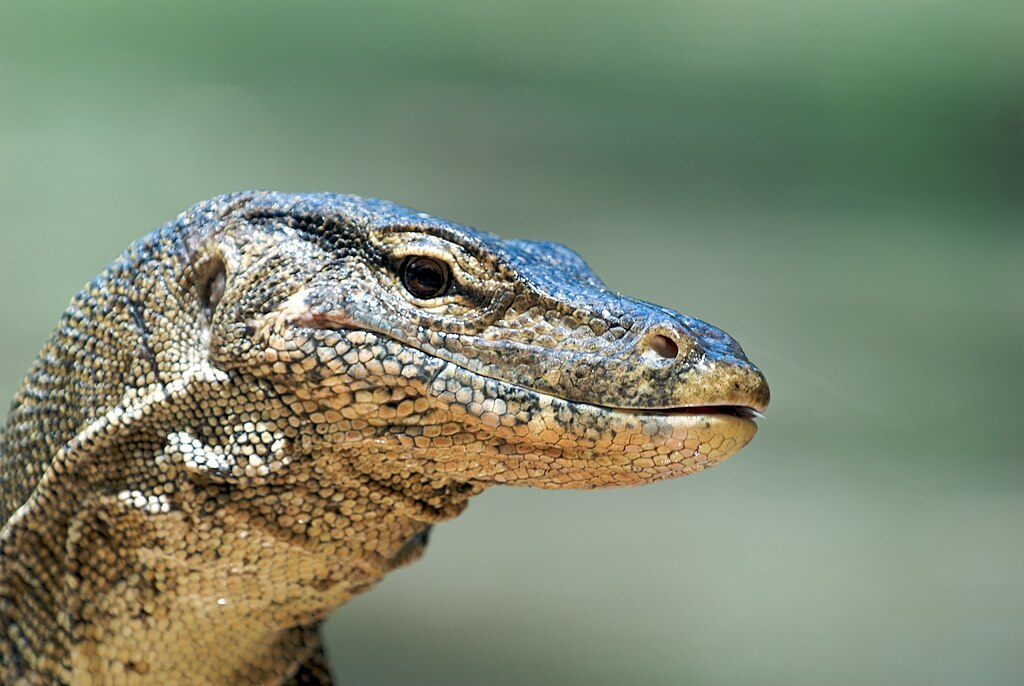
Both monitor lizards and dinosaurs belong to a major reptile group called diapsids, characterized by having two holes (temporal fenestrae) on each side of their skull behind the eyes. This skull configuration emerged about 300 million years ago and represents one of the defining features that connects these seemingly disparate animals. The diapsid skull allowed for more powerful jaw muscles, providing evolutionary advantages in feeding and predation. Early diapsids gave rise to two main evolutionary branches: the lepidosauromorphs (leading to modern lizards, snakes, and tuataras) and the archosauromorphs (leading to crocodilians, pterosaurs, dinosaurs, and eventually birds). This divergence occurred during the late Permian to early Triassic periods, approximately 250-240 million years ago, setting monitor lizards and dinosaurs on separate evolutionary trajectories while retaining their shared diapsid heritage.
Archosaurs: The Dinosaur Line

Dinosaurs emerged from a lineage of archosaurs, a group that first appeared during the late Permian and early Triassic periods (about 250 million years ago). Archosaurs are distinguished by several anatomical features, including antorbital fenestrae (additional openings in the skull) and specialized ankle joints that allowed for more upright posture. This group includes not only dinosaurs but also pterosaurs, crocodilians, and eventually birds, which are technically avian dinosaurs that survived the mass extinction event 66 million years ago. The archosaur lineage developed advanced respiratory systems, with evidence suggesting many dinosaurs had bird-like air sacs that increased respiratory efficiency. This adaptation likely contributed to their dominance during the Mesozoic Era, allowing for higher metabolic rates and more active lifestyles compared to other reptile groups. The earliest dinosaurs appeared approximately 240-230 million years ago in the Middle to Late Triassic period, diversifying rapidly into the iconic forms that would dominate terrestrial ecosystems for over 160 million years.
Squamates: The Monitor Lizard Line
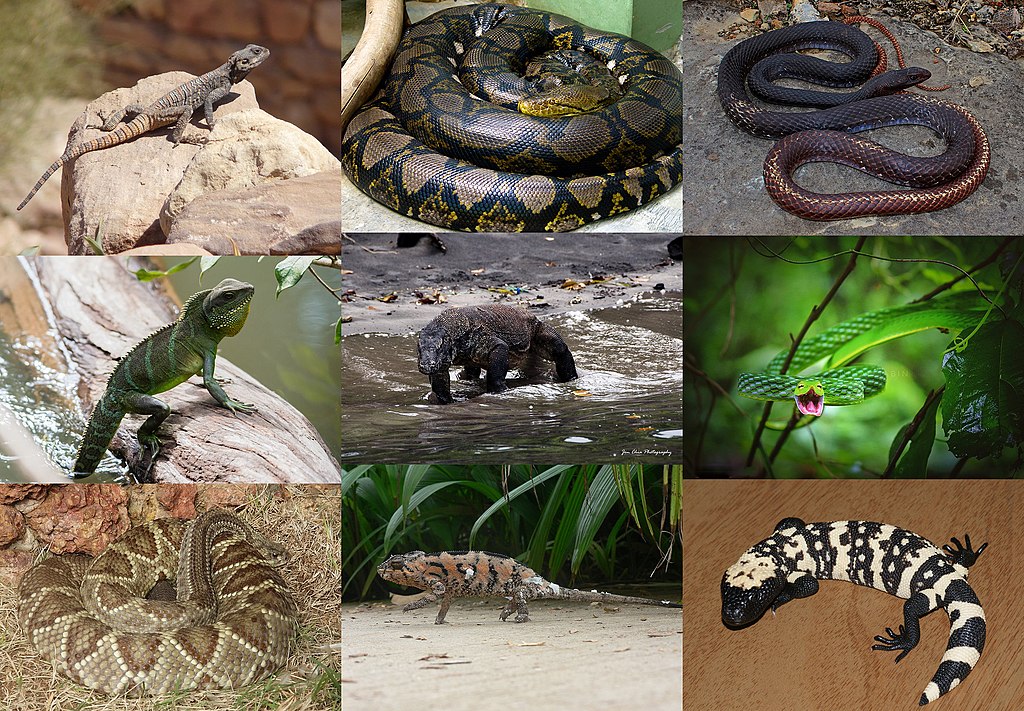
Monitor lizards belong to the squamate reptiles, a group that includes all lizards and snakes, which diverged from the archosaur lineage approximately 240 million years ago. The family Varanidae, which includes all monitor lizards, has a fossil record dating back about 65 million years, though molecular evidence suggests the group may have originated much earlier. Modern monitor lizards comprise about 80 species in the genus Varanus, ranging from the small 8-inch Dampier Peninsula monitor to the impressive Komodo dragon, which can reach lengths of 10 feet. Squamates evolved several distinctive traits, including a movable quadrate bone that allows many species to swallow prey much larger than their heads. Unlike dinosaurs, which evolved toward upright postures with limbs positioned beneath their bodies, monitor lizards retained the more primitive sprawling gait typical of earlier reptiles. However, monitors have independently evolved several advanced features, including high metabolic rates, complex social behaviors, and remarkable intelligence compared to other squamates.
Physical Comparisons: Similarities Between Monitors and Dinosaurs

Despite their different evolutionary paths, monitor lizards share several physical traits with some dinosaurs that contribute to their prehistoric appearance. Both groups evolved powerful tails that aid in balance, locomotion, and in some cases, defense. Monitor lizards possess muscular limbs with sharp claws, reminiscent of the predatory adaptations seen in theropod dinosaurs like Velociraptor. Some monitor species, particularly the larger ones like Komodo dragons, exhibit a semi-upright walking posture that superficially resembles certain dinosaur gaits. Both groups feature elongated necks and strong jaw muscles, adaptations that enhance predatory capabilities. These similarities are examples of convergent evolution—similar traits developing independently in different lineages due to comparable ecological pressures—rather than direct inheritance from a recent common ancestor. The resemblance between monitors and certain dinosaurs serves as a vivid reminder of how evolutionary processes can produce comparable adaptations in distantly related animals that occupy similar ecological niches.
Behavioral Parallels: Hunting and Social Structures
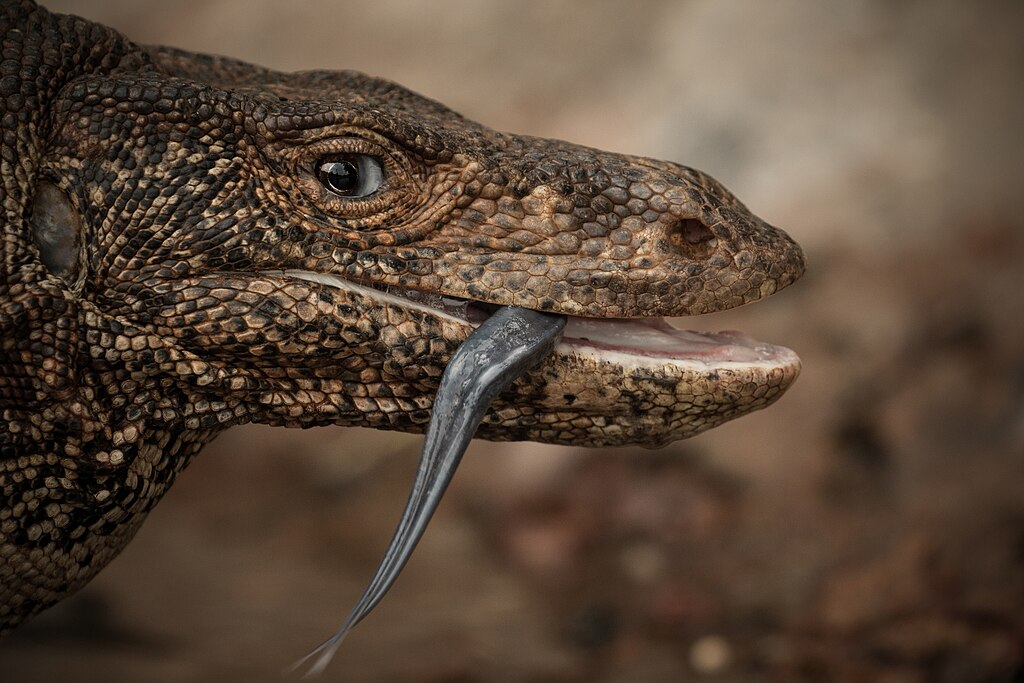
The behavioral repertoire of monitor lizards offers intriguing parallels to what paleontologists have inferred about certain dinosaur species. Many monitor lizards are apex predators in their ecosystems, employing sophisticated hunting strategies that may mirror those used by predatory dinosaurs. For example, Komodo dragons are known to ambush prey, deliver venomous bites, and then track wounded animals over long distances—tactics that may have been employed by some theropod dinosaurs. Recent research has revealed that some monitor species exhibit complex social behaviors, including dominance hierarchies and territorial displays, challenging the traditional view of reptiles as asocial creatures. Fossil evidence of dinosaur nesting grounds and trackways suggests similar social structures existed among many dinosaur species. Some monitor lizards use their tails as whip-like defensive weapons, reminiscent of how certain dinosaurs like Stegosaurus and Ankylosaurus utilized tail weapons for protection. These behavioral parallels highlight how similar ecological pressures can shape the development of comparable survival strategies across different evolutionary lineages.
Metabolic Differences: Cold-Blooded vs. Warm-Blooded

One significant difference between monitor lizards and many dinosaurs lies in their metabolic functioning. Modern monitor lizards are ectothermic (cold-blooded), relying primarily on external heat sources to regulate body temperature, though some larger species like the Komodo dragon can maintain relatively stable body temperatures through their mass and behavior. In contrast, growing evidence suggests many dinosaurs, particularly theropods and other bird-line dinosaurs, were endothermic (warm-blooded) or maintained some form of elevated metabolism compared to typical reptiles. Bone histology studies showing rapid growth rates, the presence of feathers for insulation in many theropods, and the global distribution of dinosaurs in various climates all point toward some form of endothermy in many dinosaur lineages. This metabolic difference represents a fundamental physiological divergence between monitor lizards and their distant dinosaur relatives. However, the discovery that some monitor lizards can maintain body temperatures up to 8°C above ambient temperatures through muscular activity and behavioral thermoregulation suggests the line between ectothermy and endothermy is more complex than previously thought.
Komodo Dragons: The Closest Thing to Living Dinosaurs?

Among monitor lizards, the Komodo dragon (Varanus komodoensis) is often cited as the most dinosaur-like living reptile due to its impressive size and predatory capabilities. Reaching lengths of up to 10 feet and weights exceeding 300 pounds, these formidable predators dominate their island ecosystems in Indonesia. Komodo dragons exhibit several characteristics reminiscent of predatory dinosaurs, including powerful jaws, serrated teeth, and the ability to take down prey much larger than themselves. Their predatory behavior, involving ambush tactics and the ability to track wounded prey over long distances, parallels what paleontologists theorize about certain theropod hunting strategies. The Komodo’s large size and relatively high metabolism for a reptile allow it to maintain more stable body temperatures than smaller lizards, creating a physiological middle ground between typical reptilian ectothermy and the endothermy believed to characterize many dinosaurs. Despite these superficial similarities, it’s important to recognize that Komodo dragons are not direct descendants of dinosaurs but represent the apex of monitor lizard evolution, achieving dinosaur-like dominance through a separate evolutionary pathway.
The Bird Connection: Dinosaurs’ True Modern Descendants

While monitor lizards share a distant common ancestor with dinosaurs, modern birds represent the only living dinosaur descendants, having evolved from small, feathered theropod dinosaurs during the Jurassic period. This evolutionary relationship is supported by overwhelming evidence, including transitional fossils like Archaeopteryx, shared skeletal features, the presence of feathers in many non-avian dinosaurs, and molecular data. Birds possess numerous dinosaurian characteristics, including hollow bones, air sacs supplementing their lungs, scales on their legs, and the production of medullary bone during egg-laying. The evolutionary transition from non-avian dinosaurs to birds involved a series of adaptations including the reduction in body size, the development of flight feathers, and modifications to the skeletal structure that facilitated flight. This relationship means that the chicken in your backyard is more closely related to Tyrannosaurus rex than any monitor lizard could claim to be. The avian connection demonstrates that dinosaurs never truly went extinct—they simply evolved into the approximately 10,000 species of birds that inhabit our planet today.
The Convergent Evolution Phenomenon

Many of the similarities between monitor lizards and dinosaurs represent examples of convergent evolution—the independent development of similar traits in unrelated or distantly related organisms due to adaptation to similar environmental challenges. This evolutionary phenomenon explains why monitors and certain dinosaurs share features like powerful tails, strong limbs, and predatory adaptations despite their last common ancestor living hundreds of millions of years ago. Convergent evolution has produced numerous examples throughout biological history, from the similar body shapes of sharks, ichthyosaurs, and dolphins to the independent evolution of flight in insects, pterosaurs, birds, and bats. In the case of monitor lizards, their evolution as apex predators in various ecosystems has led them to develop adaptations that resemble those of predatory dinosaurs, even though they took different evolutionary paths to reach these solutions. This principle helps explain why certain monitor lizards appear so dinosaur-like despite not being their direct descendants—they’ve independently evolved similar solutions to the challenges of being large-bodied predators.
Fossil Evidence: The Prehistoric Monitor Lizard Ancestors
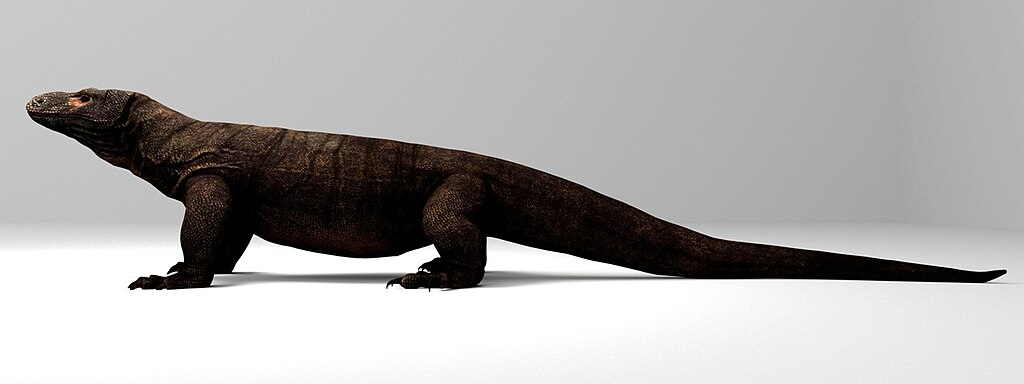
The fossil record provides valuable insights into the evolution of monitor lizards and their relationship to dinosaurs. The earliest known varanoid fossils date to the Late Cretaceous period, approximately 90-80 million years ago, though molecular clock analyses suggest the lineage diverged much earlier. Notable fossil discoveries include Palaeosaniwa from North America and Estesia from Mongolia, large monitor-like lizards that lived alongside dinosaurs during the Late Cretaceous. The impressive Megalania (Varanus priscus), a giant monitor lizard that lived in Australia until about 50,000 years ago, reached lengths of up to 23 feet, demonstrating the potential for monitor lizards to evolve truly massive forms reminiscent of some dinosaurs. Interestingly, the fossil record shows that monitor lizards diversified and increased in size after the extinction of non-avian dinosaurs 66 million years ago, suggesting they may have expanded into ecological niches left vacant by the disappearance of these larger predators. These fossil discoveries help paleontologists trace the separate but parallel evolutionary paths taken by monitor lizards and dinosaurs from their distant common reptilian ancestors.
DNA Insights: Genetic Relationships Between Modern Reptiles

Advances in molecular biology and genetic analysis have revolutionized our understanding of the evolutionary relationships between reptile groups. DNA studies confirm that birds are the closest living relatives to crocodilians, together forming a group called Archosauria that also included extinct dinosaurs and pterosaurs. Monitor lizards, along with other squamates, represent a separate branch of the reptile family tree that diverged from the archosaur lineage approximately 240 million years ago. Genetic analyses of various monitor lizard species have helped clarify their own evolutionary history, revealing that the Komodo dragon’s closest relatives are other Indo-Australian monitors rather than the giant extinct Megalania as previously thought. Molecular clock analyses, which use DNA mutation rates to estimate divergence times, suggest that the Varanidae family may have originated in Asia and subsequently spread to Africa, Australia, and various Pacific islands. These genetic studies complement fossil evidence in demonstrating that while monitor lizards and dinosaurs share distant common ancestry as diapsid reptiles, they represent distinct evolutionary lineages that have followed separate paths for hundreds of millions of years.
The Lasting Legacy: Why the Comparison Persists
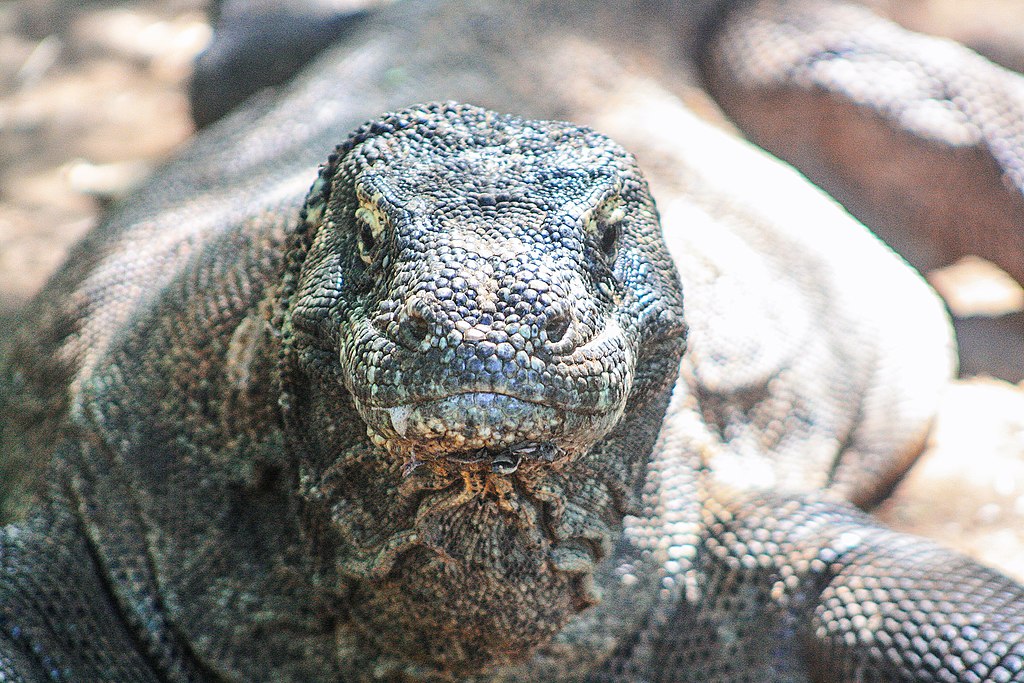
The persistent comparison between monitor lizards and dinosaurs reflects both scientific interest in evolutionary relationships and the cultural fascination with prehistoric life forms. Monitor lizards, especially larger species like the Komodo dragon, provide accessible living examples of large reptilian predators that can help us visualize aspects of extinct dinosaur behavior and ecology. The imposing presence of a Komodo dragon, with its flicking tongue, powerful limbs, and predatory gaze, offers perhaps the closest living visual approximation to how smaller theropod dinosaurs might have appeared and behaved. For paleontologists and biologists, studying monitor lizards can provide valuable insights into questions about reptilian physiology, predator-prey dynamics, and adaptations to various environments that may inform hypotheses about dinosaur biology. Their popularity in zoos, documentaries, and educational programs helps maintain public interest in reptilian evolution and conservation. While scientists emphasize that birds are the true living dinosaurs, the monitor lizard comparison endures because these remarkable reptiles embody something fundamentally ancient and primal that connects us to Earth’s distant past, allowing us to glimpse shadows of the Mesozoic world in our modern era.
Conclusion

While monitor lizards may resemble dinosaurs in appearance and certain behaviors, they represent a parallel evolutionary path rather than direct descent. Both groups evolved from early diapsid reptiles but diverged hundreds of millions of years ago—monitor lizards through the squamate lineage and dinosaurs through the archosaur lineage. Modern birds, not monitor lizards, are the true living descendants of dinosaurs. Nevertheless, the similarities between monitors and certain dinosaurs provide fascinating examples of convergent evolution, where distant relatives independently developed comparable adaptations in response to similar ecological pressures. The prehistoric appearance and impressive capabilities of monitor lizards, particularly giants like the Komodo dragon, continue to captivate our imagination and provide valuable insights into reptilian evolution. These remarkable creatures may not be dinosaurs, but they offer us a living window into the age-old evolutionary strategies that have allowed reptiles to thrive for hundreds of millions of years.



